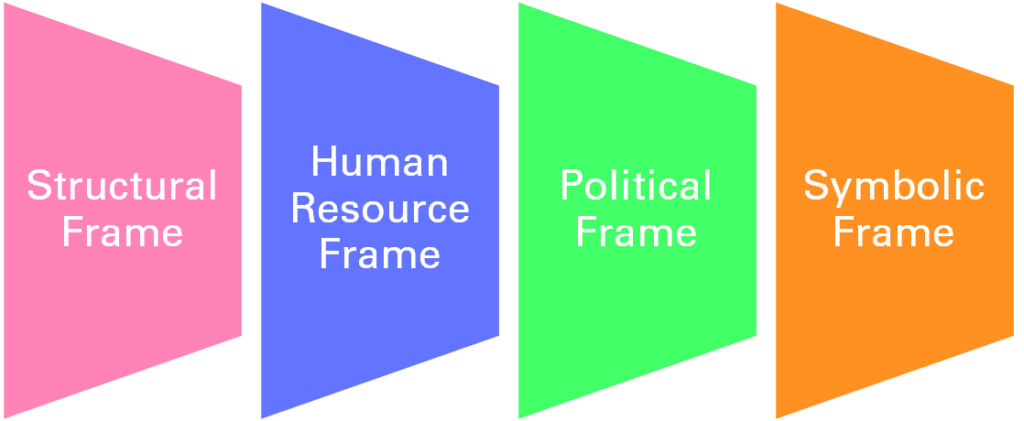In the world of business, high-performing organizations stand out for their ability to achieve remarkable results, foster innovation, and inspire their employees. To unravel the secrets behind their success, it is crucial to examine the perspectives of renowned leadership scholars Lee Bolman and Terrence Deal.
In their influential book, “Reframing Organizations: Artistry, Choice, and Leadership,” Bolman and Deal offer a comprehensive framework that sheds light on the multifaceted nature of high-performing organizations. By understanding their perspectives, we can gain valuable insights into what makes these organizations thrive and excel in their respective fields.
In this blog post, we will embark on a journey to explore the profound concepts put forth by Bolman and Deal. By applying relatable analogies to their ideas, we will unveil the key characteristics and underlying dynamics that drive high-performing organizations. Just as a masterful painting requires a skilled artist to blend various colors and techniques harmoniously, high-performing organizations blend multiple perspectives and approaches to create a powerful and impactful presence in the business world.
Join us as we delve into the fascinating world of Bolman and Deal’s perspectives, unraveling the structural, human resource, political, and symbolic frames that underpin the success of high-performing organizations. By drawing upon relatable analogies, we will unlock a deeper understanding of these concepts, allowing us to apply them to our own professional journeys and contribute to the growth and success of our respective organizations.
So, let us embark on this insightful exploration, where we will uncover the artistry, choices, and leadership principles that set high-performing organizations apart, inspiring us to reach new heights of excellence in our own endeavors.
Before we dive into the intricate details, let’s first familiarize ourselves with the four frames proposed by Lee Bolman and Terrence Deal: the structural frame, human resource frame, political frame, and symbolic frame.

Structural Frame
The Machine Metaphor Lee Bolman and Terrence Deal’s structural frame emphasizes the organization as a well-oiled machine. This perspective views organizations as systematic entities that require efficiency, clear roles, and well-defined processes.
An analogy to explain this frame is to envision an orchestra. Each musician represents an individual within the organization, playing their instrument in harmony to create a beautiful symphony. The conductor acts as the leader, providing guidance and ensuring coordination among the members.
Human Resource Frame
The human resource frame focuses on the organization as a family, emphasizing the well-being of individuals within the context of the larger system. Like a caring and nurturing family, this perspective values employee growth, satisfaction, and development.
Imagine a family gathering where each member has a unique role and contributes to the collective happiness and success of the family. Similarly, organizations that embrace the human resource frame create a supportive environment where individuals can thrive.
Political Frame
The political frame views organizations as arenas of power and competition. It recognizes that organizations are composed of various interest groups with differing objectives and power dynamics.
To illustrate this frame, imagine a dense jungle, where different animals compete for limited resources. Similarly, within organizations, different departments or individuals may engage in power struggles, negotiation, and maneuvering to achieve their goals.
Symbolic Frame
The symbolic frame focuses on the organization as a theater, emphasizing the importance of culture, rituals, and shared meaning. Like a captivating theater performance, organizations employing this frame aim to create a compelling narrative and inspire a sense of belonging.
An analogy to describe this frame is a well-choreographed dance performance. Each dancer plays a unique role, but together they create a visually stunning and emotionally engaging experience for the audience.
Lee Bolman and Terrence Deal’s perspectives offer a rich and multi-dimensional approach to understanding leadership and organizational behavior. By exploring the structural, human resource, political, and symbolic frames, we gain valuable insights into the complexities and dynamics of organizations. These analogies help us grasp these concepts more vividly and apply them to real-world scenarios.
By adopting a holistic view of leadership, one that encompasses the diverse lenses of Bolman and Deal’s frames, leaders can navigate challenges, cultivate effective relationships, and create environments conducive to growth and success. As we further explore their work, we gain a deeper appreciation for the artistry and choices that shape organizations and the leaders within them.